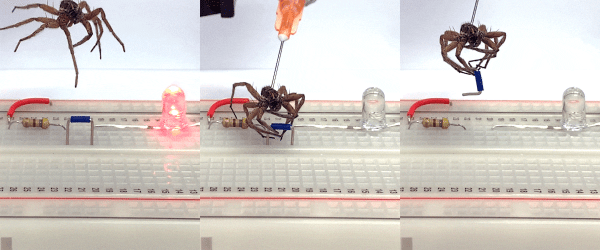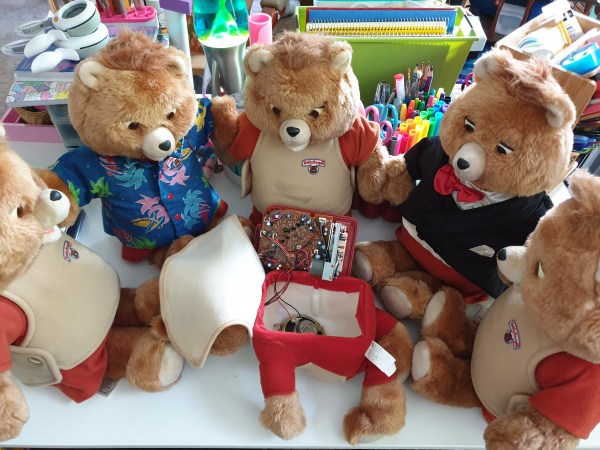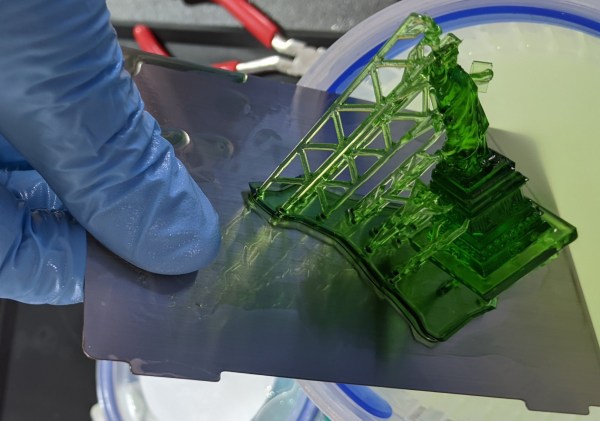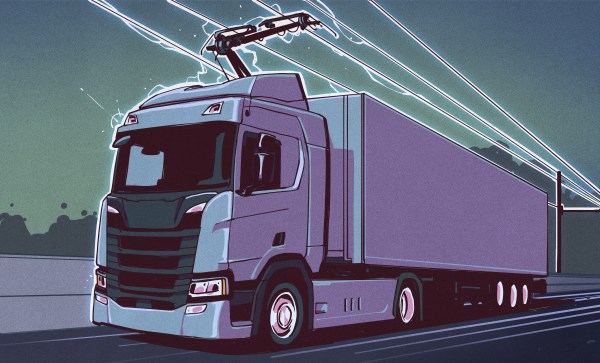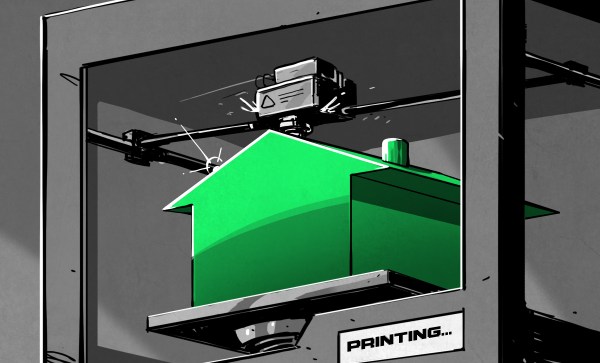Robot arms and grippers do important work every hour of every day. They’re used in production lines around the world, toiling virtually ceaselessly outside of their designated maintenance windows.
They’re typically built out of steel, and powered by brawny hydraulic systems. However, some scientists have gone for a smaller scale approach that may horrify the squeamish. They’ve figured out how to turn a dead spider into a useful robotic gripper.
The name of this new Frankensteinian field? Why, it’s necrobotics, of course!
Continue reading “Dead Spider Becomes Robot Gripper: It’s Necrobotics!”

